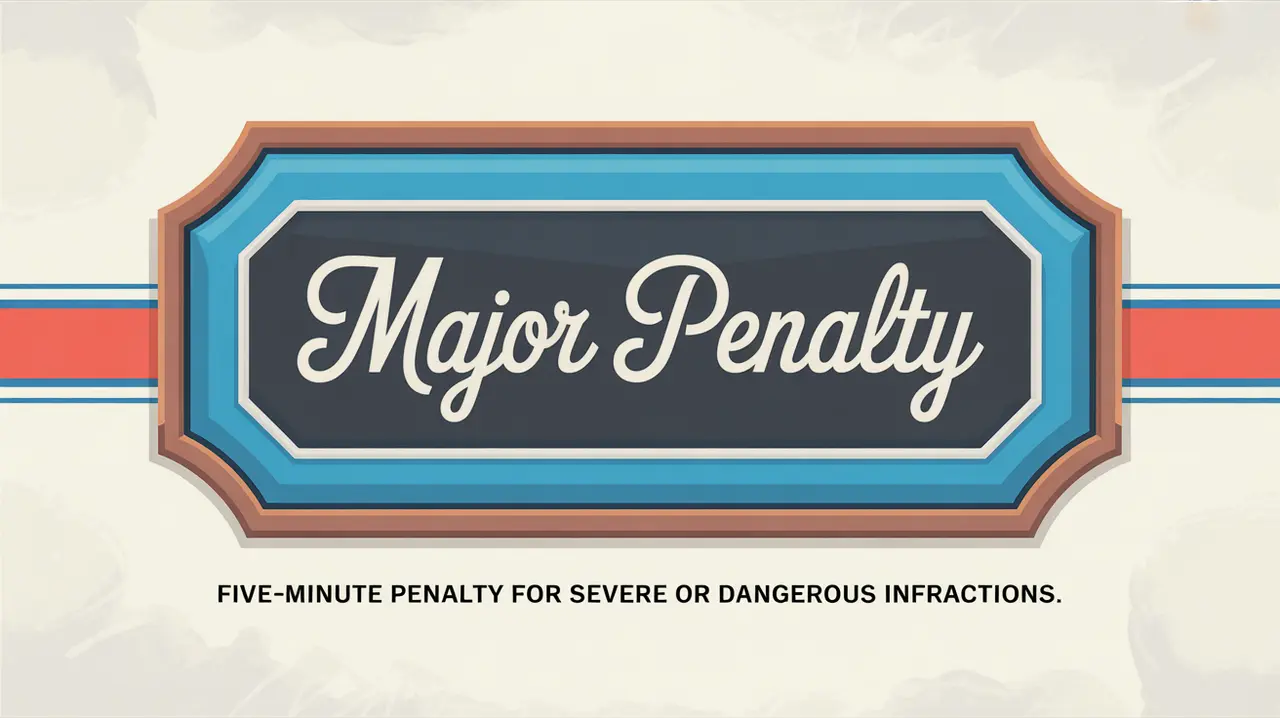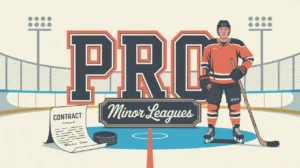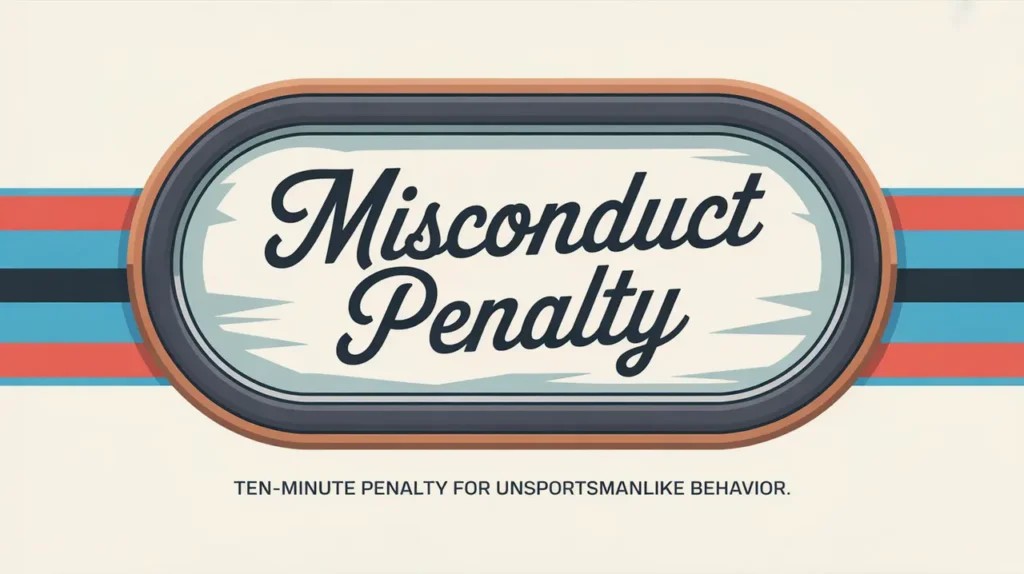Jim’s Intro to Major Penalties
Hi folks, Jim here, the only commentator who once thought “five for fighting” meant I had to box out five other broadcasters for mic time.
What is a major penalty?
A major penalty is a five-minute penalty assessed for serious infractions that involve dangerous or deliberate contact, such as fighting, boarding with significant impact, or checking from behind. When a player is assessed a major, they go to the penalty box for the full five minutes, and unlike a minor, the penalty does not end if the opposing team scores. The penalized team must play shorthanded for the entire duration, which gives the other team a huge power play opportunity.
In some cases, a major penalty may also come with a game misconduct, ejecting the player from the game, depending on the severity of the infraction.
How does it work?
Major penalties follow a structured sequence:
- Infraction Occurs: A dangerous, intentional, or high-impact violation takes place.
- Referee’s Arm Up: A delayed penalty is signaled until the offending team gains control of the puck.
- Assessment: The referee calls a five-minute major, sometimes accompanied by a review if available.
- Serving the Penalty:
- The player goes to the box for five minutes.
- The opposing team goes on a full five-minute power play, regardless of how many goals they score.
- Faceoff: Typically in the penalized team’s defensive zone.
- Additional Penalties: If a game misconduct is added, another player serves the penalty time while the offender is ejected.
This rule punishes dangerous play severely and often changes the flow of the game dramatically.
Common Examples of Major Penalties
- Fighting (automatic five minutes for both participants)
- Boarding (when severe)
- Checking from Behind
- Spearing
- High-Sticking with Significant Injury
- Intent to Injure infractions
These penalties are rare compared to minors but carry far greater consequences.
How do you make good decisions with it?
The best decision is don’t take a major.
- Control Emotions: Fights may be part of hockey culture, but unnecessary retaliation can give your opponent a massive advantage.
- Play Smart Physical Hockey: Finish checks legally, keep your elbows down, and avoid dangerous hits near the boards.
- Know the Line: Understand where hard play ends and dangerous play begins.
- Situational Awareness: A reckless play late in a close game can hand the other team a golden opportunity to score multiple times.
How do you master it?
Mastery of major penalty situations comes from discipline and penalty kill structure. Players learn to play hard without crossing the line. Coaches drill extended penalty kills to prepare for emergencies. Teams break down the five-minute kill into segments, make smart changes, and rely heavily on communication and goaltending to survive.
What does it look like when done right?
Disciplined teams can kill a major penalty through tight structure, aggressive clears, and sharp goaltending. A successful five-minute kill often swings momentum back the other way. Conversely, teams on the power play use the extra time to set up patiently, break down the defense, and score multiple goals without worrying about the penalty ending.
Commentator’s Corner
Jim’s Take
I’ve seen five-minute majors turn games on their head. A careless hit or heated scrap can hand the other team a shooting gallery.
Parent Tip
Teach young players the difference between physical and dangerous. Controlled aggression wins games. Recklessness loses them.
Player Tip
Keep your composure. One bad decision can put your teammates on the ice for five long minutes without you.
A Final Thought
Major penalties are game changers. Avoid them with smart, disciplined play, and if you face one, treat the kill like a mission. Survive those five minutes, and you keep the game alive.









